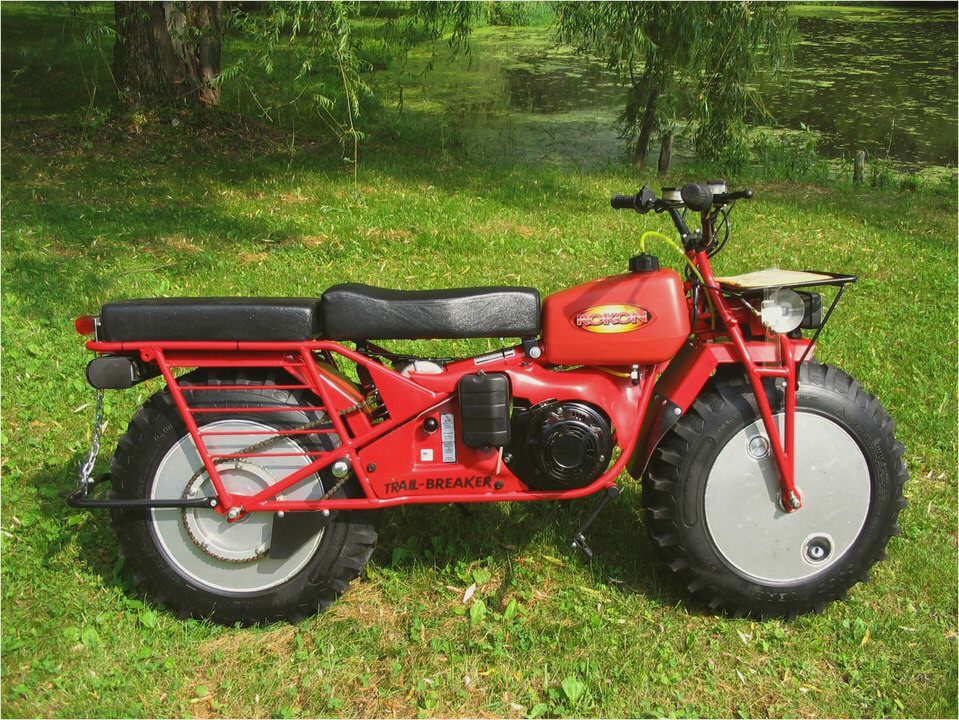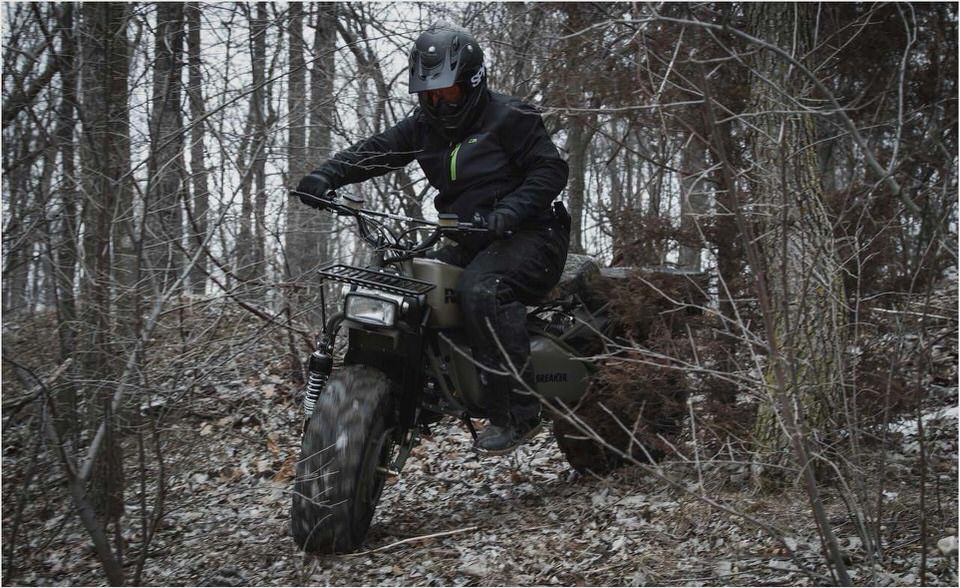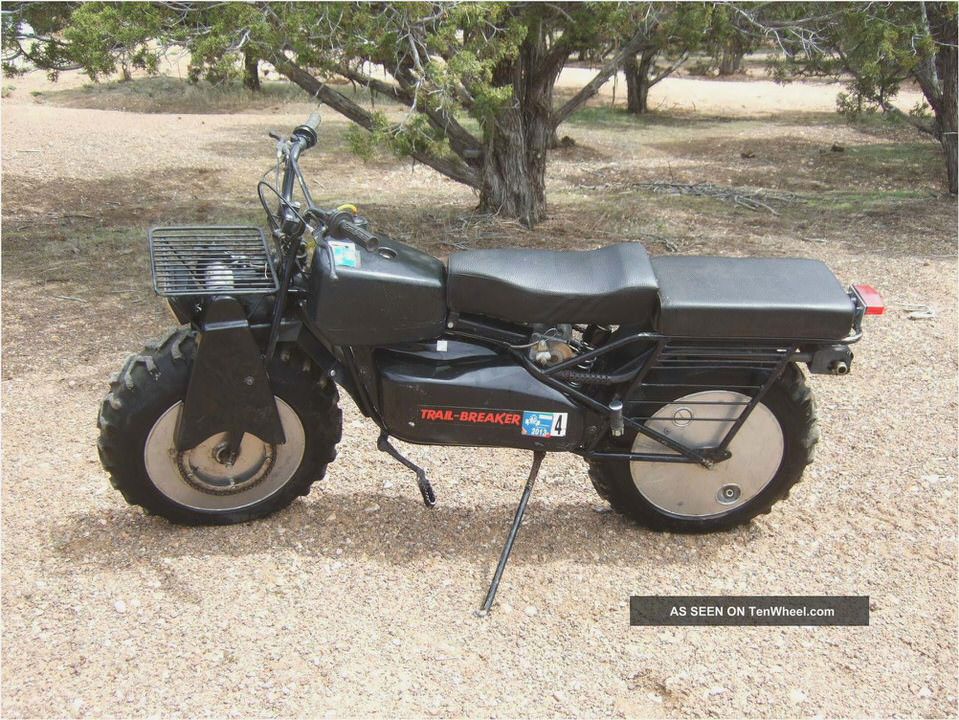
1976 Rokon MX2/RT340
Feature Article from Hemmings Motor News
Nineteen-seventy-three was the era of American motocross, when the Northeast of the United States was the epicenter of off-road motorcycling. The annual International Six Day Trials-a wild and woolly motorcycle enduro that hit the big-time when it was featured in the Bruce Brown documentary On Any Sunday -was being held on American soil for the first time. Manufacturers from all over the world fielded teams for the ISDT, riding the big guns from Sweden, England, Spain and Japan, which had recently dominated the world of on- and off-road motorcycling.
And then there was one team fielded by upstart motorcycle manufacturer Rokon. The company had made a name for itself by building an agricultural, two-wheel-drive motorcycle called the Trail-Breaker, which we’ll expound upon in later issues. Trail-Breakers were precursors to three- and four-wheeled ATVs, and are still being built today in Rochester, New Hampshire.
The company was founded by Orla Larsen, who built the original ski lift at Mount Snow, about 25 miles east of Hemmings’ offices. The company moved to Keene, New Hampshire, in 1967.
Following its Gold Medal run in 1972’s Berkshire Two-Day International Trial, Rokon built a much more conventional cross-country enduro bike, the RT340. Four prototypes were sent to the 1973 ISDT in Dalton, and the company won awards for technical achievement after all four went on to finish the race. Production soon ramped up, and the company started building the RT340 Enduro, the MX340 and later MX2, and the more street-worthy ST-340 dual-purpose bike.
All the bikes were powered by 335cc Sachs two-stroke engines, lit to life by a pull-cord starter. The RT340’s most obvious calling card was its transmission, a shiftless unit that relied upon a centrifugal clutch and a variable belt-drive, similar to the transmission on a snowmobile.

There were other innovations as well. The hydraulic disc brake up front was way ahead of any other motocross bike in its day, allowing racers improved braking action under extreme situations. Red Wing rear shocks were positioned at an angle of about 45 degrees, rather than the nearly vertical positioning of the competition, allowing for greater, more linear suspension travel.
Preston Petty, a leading off-road racer of the 1950s through the 1970s, provided the plastic fenders, which were rare, as standard equipment. Most motorcycle manufacturers of the day still used metal fenders, which racers would immediately scrap in favor of Petty’s plastic units.
In the end, the RT340-based bikes didn’t put Rokon on the map the way the company had hoped. According to amateur historian Bob Gallagher, the development of the RT340 contributed to Rokon’s $260,000 net loss for the year 1971. Targeted at the very top end of the enduro price range, writes Gallagher, the RT340 program would bring Rokon to its knees.
With just a handful of these bikes built between 1974 and 1976, you’d be hard-pressed to find one in the same shape as this one, owned by Hugh McDonald and on display at the Motorcycle Hall of Fame in Pickerington, Ohio.
This article originally appeared in the April, 2006 issue of Hemmings Motor News.



- Best off Roading Vehicle: rokon motorcycle – MyArticle.com
- ROKON TRAIL BREAKER 2X2 MOTORCYCLE (1970) DIY Reviews!
- Rokon trailbreaker 2wd motorcycle
- Slide Presentations
- 3200 Stories Bay Area Youth to Play For Tel Aviv Sabres

